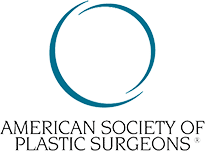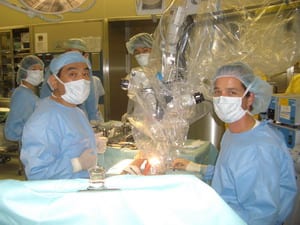Lymphedema Surgical Treatment Options
Dr. Granzow is an internationally known pioneer in the field of lymphedema surgery. He has extensive expertise performing lymphedema surgical procedures including:
- Vascularized Lymph Node Transfer (VLNT)
- Lymphaticovenous Anastomoses (LVA)
- Granzow Suction Assisted Protein Lipectomy (Granzow SAPL)
Dr. Granzow integrated these procedures into a comprehensive system with lymphedema therapy, known as Granzow System SM . This system is the first in the world to integrate and combine surgical and non-surgical lymphedema treatments to address the various stages of lymphedema. Dr. Granzow has published his results in leading medical journals.
While VLNT, LVA and Granzow SAPL SM each are most effective in treating a specific subset of patients, no single procedure is best for all patients. Dr. Granzow carefully selects and matches each patient with the optimum therapy and surgical regimen to treat their lymphedema.
VASCULARIZED LYMPH NODE TRANSFER (VLNT)
LYMPHATICOVENOUS ANASTOMOSIS (LVA)
GRANZOW SUCTION ASSISTED PROTEIN LIPECTOMY (Granzow SAPL SM )
For additional information about Lymphedema Surgery and Specialized Microsurgery, please visit our sister website at:
Patient Selection
Both vascularized lymph nodes transfers (VLNT) and lymphaticovenous anastomoses (LVA) are most effective in patients whose lymphedema swelling is mostly due to excess fluid. Patients with more advanced, chronic lymphedema may have swelling mostly due to deposits of excess fibrotic tissue, protein and fat. This excess solid instead may require removal using Granzow suction assisted protein lipectomy (Granzow SAPL SM ).
Prior to any lymphedema surgery, patients should be treated by a lymphedema specialized therapist. As part of the therapy, patients should undergo at least one course of complete decongestive therapy (CDT) reduce the excess volume in their arm or leg as much as possible. CDT involves specialized manual lymphatic drainage or massage, compression bandaging and garments, skin care and exercises as appropriate for each patient. This may avoid the need for surgery for lymphedema, and greatly assists in the proper evaluation for surgery if it should be required. Many of our patients have achieved tremendous improvements in their lymphedema symptoms. However, patient compliance with lymphedema therapy is an integral component for a successful surgical outcome.

